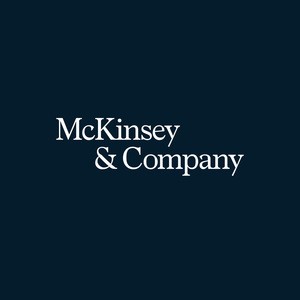By- Mckinsey & Company (July 2, 2020)
Firm continues to trace economic and epidemiological changes round the world. It analyses how countries and corporations can transition toward subsequent normal, and offer planning advice across multiple horizons. This piece of work also looks upon the complete collection of corona virus-related content, visual insights from our “chart of the day,” and the firm suite of tools assist leaders answer the pandemic. New: a glance at how firm editors choose images that help readers visualize the impact of an invisible threat.
Cases are increasing worldwide, company new research shows both the grim economic news and divulges a streak of optimism that a lot of are beginning to feel. Firm’s monthly global economic conditions snapshot indicates that 52 % of executives now say that their national economies do substantially worse, up from 10 % in March 2020. Yet the proportion of executives who expect profits to rise within 6 months rose by 4 % points, and leaders in retail, high tech, and telecom are increasingly optimistic about the return of customer demand. In June, more executives round the world said that the economies of their home countries would soon be doing better than had said so in May.
Another new global survey examined sentiment among people that make financial decisions for his or her households. Across the world , they’re reporting lower income, savings, and spending. In most countries, 20 to 60 percent of those decision makers say they fear for self-jobs. Roughly half haven’t any quite four months of savings.
These grim statistics present a challenge for banks and other consumer-facing businesses, like telecom companies, retailers, health systems, and utilities. A fragile balancing act awaits these organizations as they work to make sure that customers receive the required support—and that lenders can still cultivate relationships with their borrowers—while preserving shareholder value within the long run . an in depth perspective on utilities considers this and other conundrums. So does a replacement check out African banks.
The virus’s spread is increasing, but businesses everywhere are both dealing with their urgent needs and searching ahead to the time when their employees can safely return to figure. As that moment comes closer—let us hope—three new research efforts show, first, how leaders can seize the instant to support their employees by building on the trust their early efforts have engendered and, second, how they will engage employees through clear and galvanizing communication. And our survey folks companies shows that very same insistent streak of optimism: respondents expect most employees to be working onsite by December.
One lesson of the crisis is that the need for speed: the pandemic obeys no speed limits, so businesses have had to adapt through quick fixes and workarounds. How can they keep these successful innovations going over the long term? Firm’s new research suggests nine ways to reinvent the organization for speed.
This article, also talks about how companies can reset their capital spending, demystified the role of quantitative models, and talked with two company experts about how to choose the right path to unlock the economy.
Hope you liked the article.
Thank you, Please don’t forget to follow PHARMABOX.in on social media for regular updates.
